A Month of Shootings, One on Top of Another
In a Buffalo supermarket, 10 people died. In a Texas elementary school, the fatality count was 19 students and two teachers. Those were the mass shootings, only 10 days apart, that attracted global attention in May — but there were many others that passed in a quick staccato, devastating families and communities but streaming past everyone else in a blur. They seemed to fade from the headlines in days, having become too frequent, too dismal, too commonplace to absorb.
In the same month there were mass shootings at a Taiwanese church luncheon in California, a flea market in Houston, a nightlife district in Milwaukee, a park in Lexington, Ky., and a high school graduation in Hot Springs, Ark., to name only a few.
Rarely did these episodes involve a heavily armed lone gunman like the one who fired dozens of shots from a rooftop at an Independence Day parade in Highland Park, Ill., killing seven people. Rampage shootings get the most scrutiny, but they account for only a tiny proportion of gun violence victims. Lesser-known episodes often were just as random, just as public and just as scarring for those affected.
After a shooting at a church in Laguna Woods, Calif., a security company was hired to guard the church.
Mark Abramson for The New York Times
There is no single definition of a mass shooting — it can be targeted or indiscriminate, based on number of deaths alone or injuries as well. Some researchers, like those at the Gun Violence Archive, count any shooting with four or more people wounded or killed; others begin at four fatalities. Some researchers count what the F.B.I. calls “active shooters” or “mass public shootings” separately from gang or drug-related violence or domestic “family annihilators.”
However these episodes are defined, they are on the rise in the United States — so much so that horrific events that might once have dominated the news now slip quickly out of the public eye. In Phoenix, the police have had very little to say about a shooting episode, reportedly outside a house party, that left one teenager dead and five others wounded. In Goshen, Ind., almost no details have been released about a gunman who shot a family of four siblings in their home, killing one, who was 17.
And that was just in May, during which the Gun Violence Archive counted 63 mass shootings; a small number are described below. The archive counted 65 mass shootings in June, and 25 already this month, as of July 7.
In Buffalo, Zeneta Everhart’s son is still healing from injuries after being shot at the supermarket by a gunman who the authorities say was motivated to kill Black people. “For too long, we’ve always just gone, ‘These things happen — now there’s another one, so we’ll move on,’” Ms. Everhart said. “We all need to keep talking about this.”
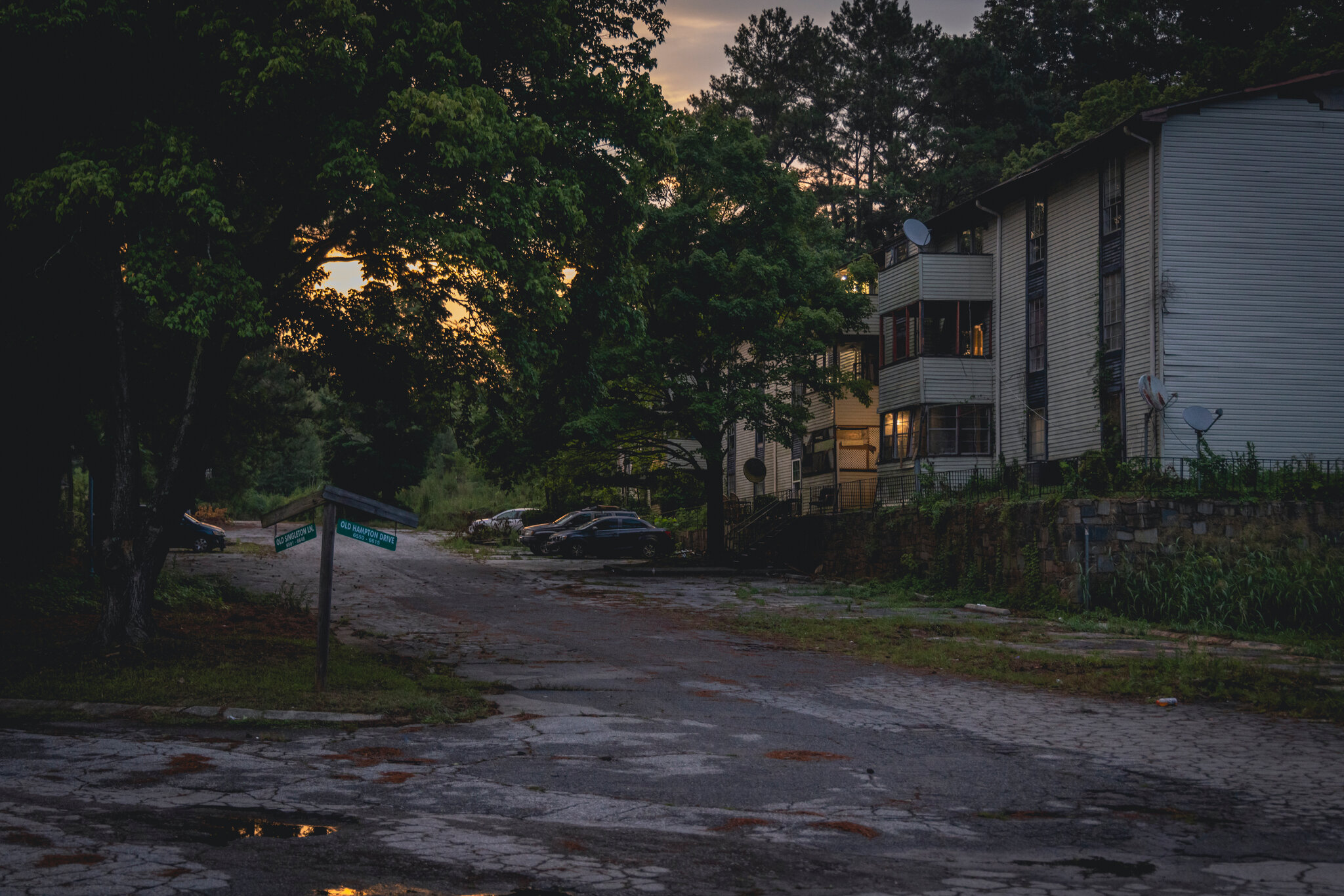
Audra Melton for The New York Times
May 8: Clarkston, Ga.
3 dead, 3 injured.
The Brannon Hill condos, near the Atlanta suburb of Clarkston, Ga., are a place where suffering has become commonplace.
“You see sort of this crescendo of murder, the buildings burning, people dying in fire, people dying from gunshots, a tremendous amount of dumping,” said Ted Terry, who represents the area on the DeKalb County Board of Commissioners.
But a shooting on May 8 was a tragedy of a different degree.
Police officers arrived at Brannon Hill that evening to find three men — Alsadig Awad, 43; Masi Maybay, 22; and Jory Fasse, 23 — dead in the living room of a condo. Three other people were wounded. An obituary of Mr. Fasse described him as a former high school football player with a great smile who was about to become a father.
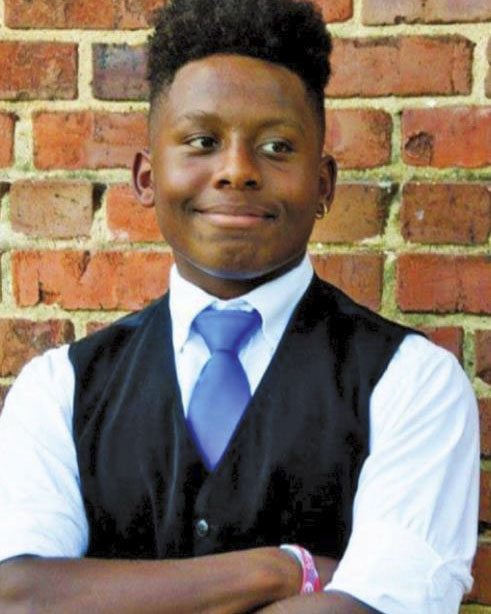
Jory Fasse
Mr. Terry, a former mayor of Clarkston, said the 14-building Brannon Hill condo complex had been decaying for about 20 years. Some buildings were demolished a few years ago after fires, and the others have persistent problems. The condo board is functionally nonexistent, and many of the units are separately owned and rented out, which makes it difficult for the government to force changes.
Erica Williams, who does volunteer work each week at the complex, assisting residents with chores like taking out the trash and cleaning up common areas, said the residents were good people. Many are immigrants from Africa, struggling to pay rent and make their way in a new country. They are victims, Ms. Williams said, of outsiders who come to the complex after dark to dump trash, commit crimes and terrorize residents.
The recent killings, she said, only added to residents’ fear and helplessness. “They were lost after those murders happened,” she said.
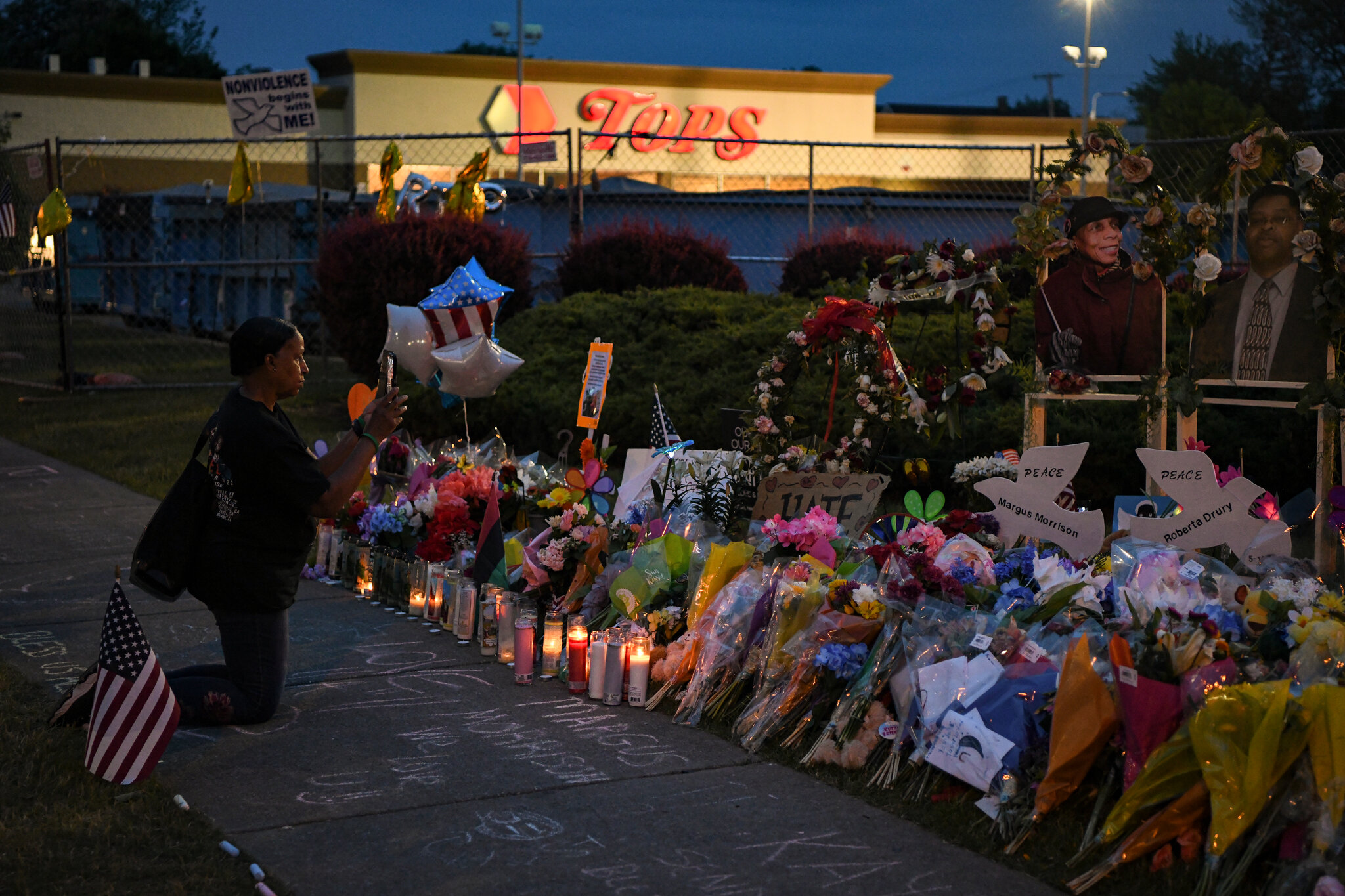
Kenny Holston for The New York Times
May 14: Buffalo, N.Y.
10 dead, 3 injured.
Saturday afternoons are slow in one quiet section of Buffalo: Traffic is light, older residents rest on their front porches and neighbors meander through a local grocery store. But on May 14, that grocery store became the scene of the deadliest racist attack in the country in recent years when a gunman fatally shot 10 people.
The accused gunman, Payton S. Gendron, had written that he chose the area because it had a large percentage of Black residents. In so doing, he espoused white supremacist ideology that has been a driving factor in other mass shootings in recent years, from El Paso to Poway, Calif.
On Buffalo’s East Side, where the grocery store remains closed, Black residents have struggled for decades with the effects of the city’s severe segregation. Homicides across the city rose about 40 percent during the pandemic, and Black neighbors have borne the brunt. But to some Buffalonians, racism seemed to quickly disappear from the national conversation after the May shooting.
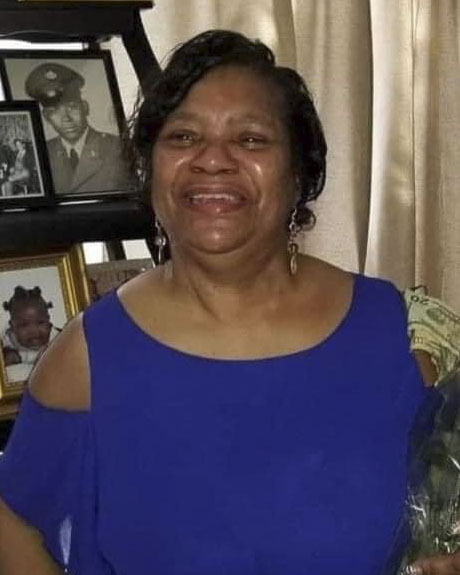
Celestine Chaney
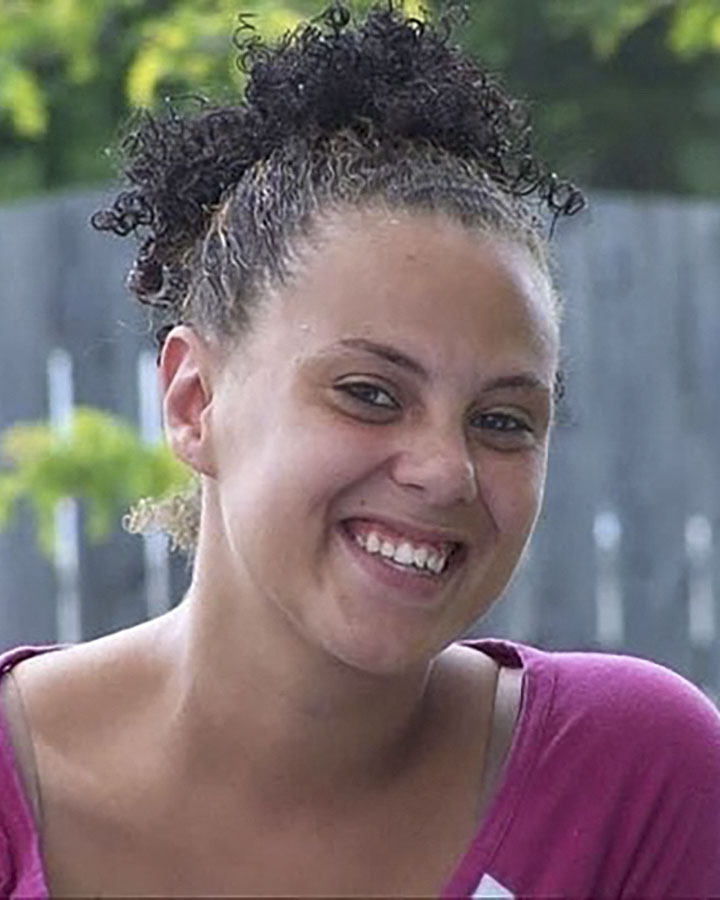
Roberta Drury
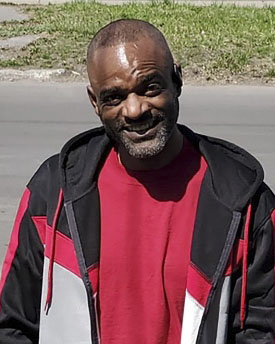
Andre Mackniel
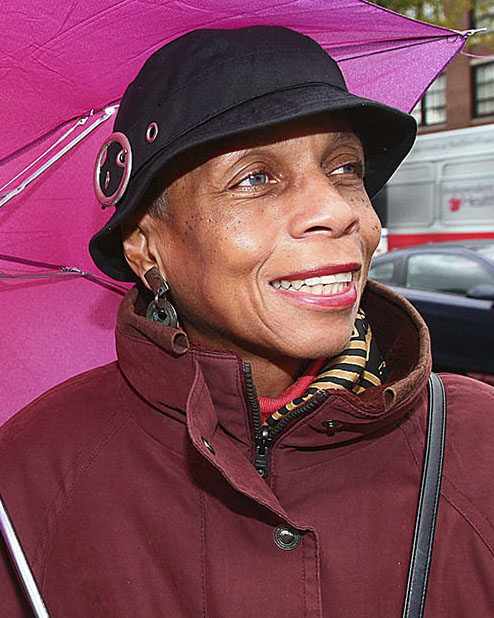
Katherine Massey
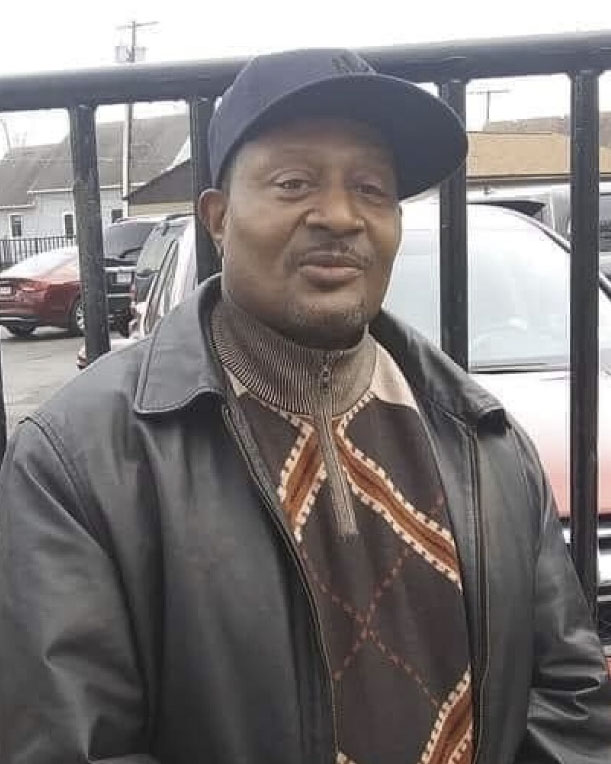
Margus Morrison
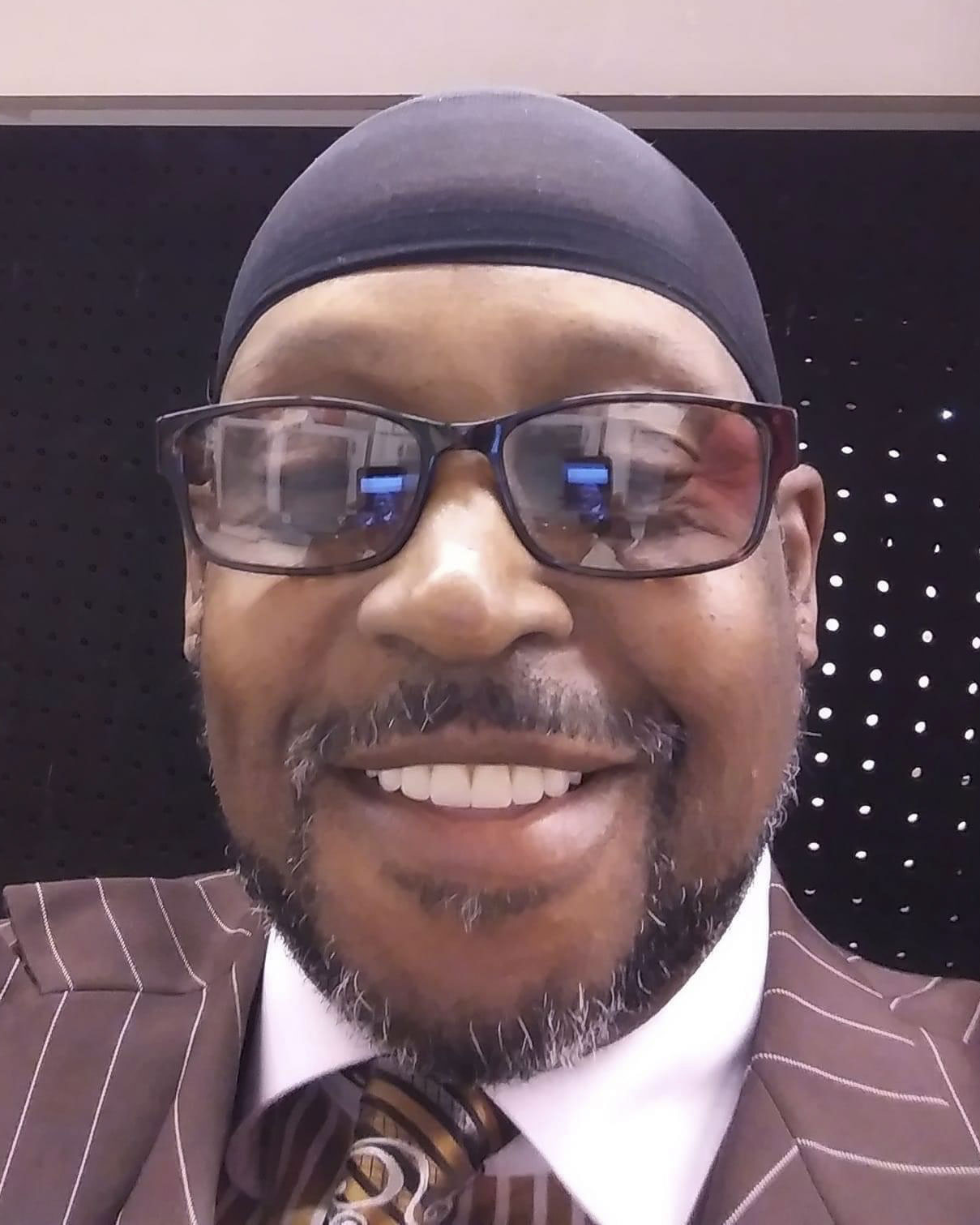
Heyward Patterson
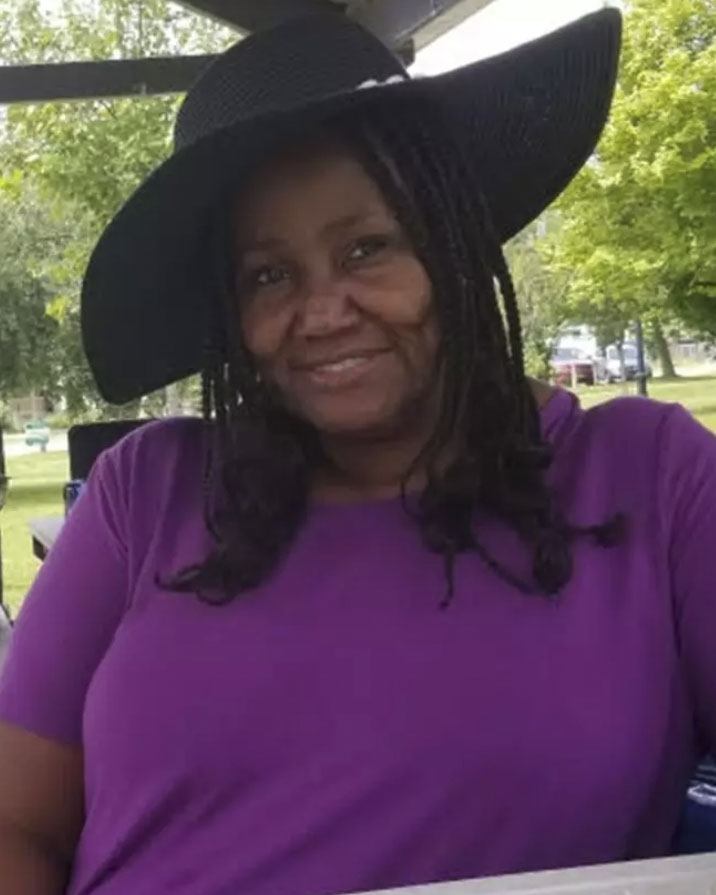
Geraldine Talley
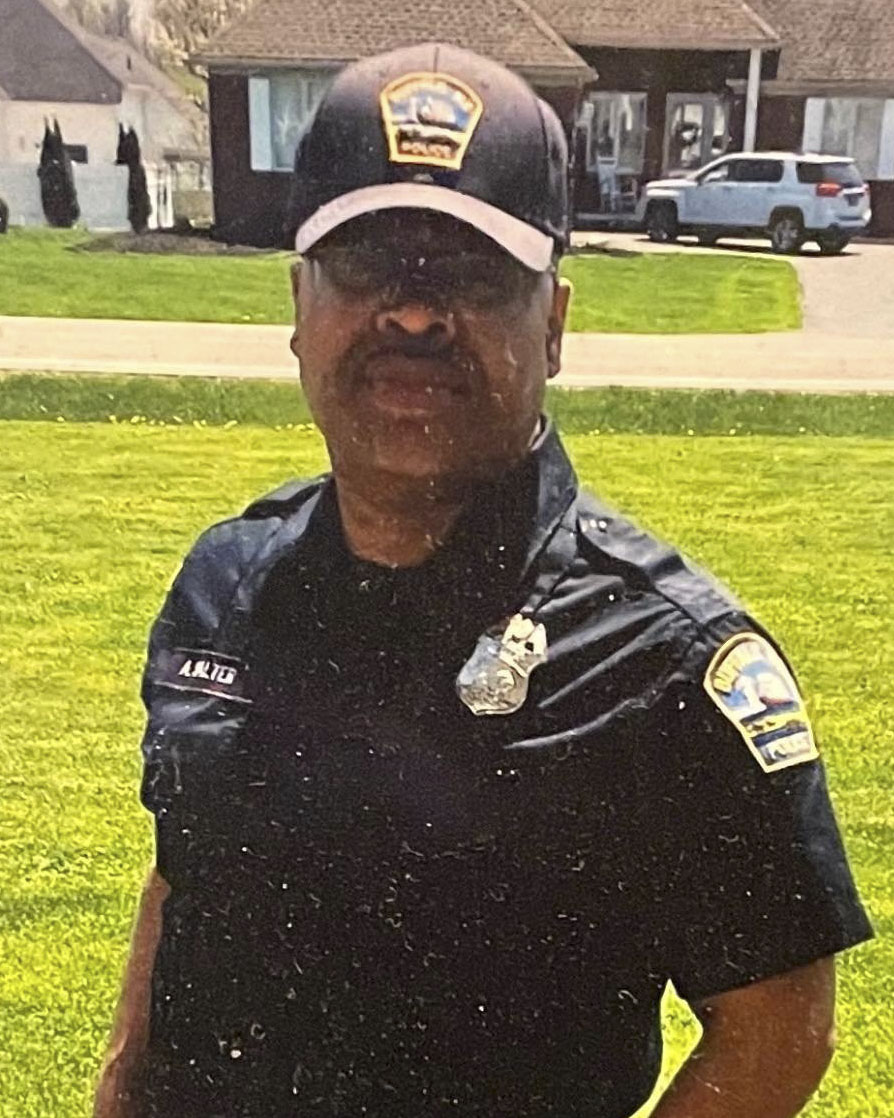
Aaron Salter, Jr.
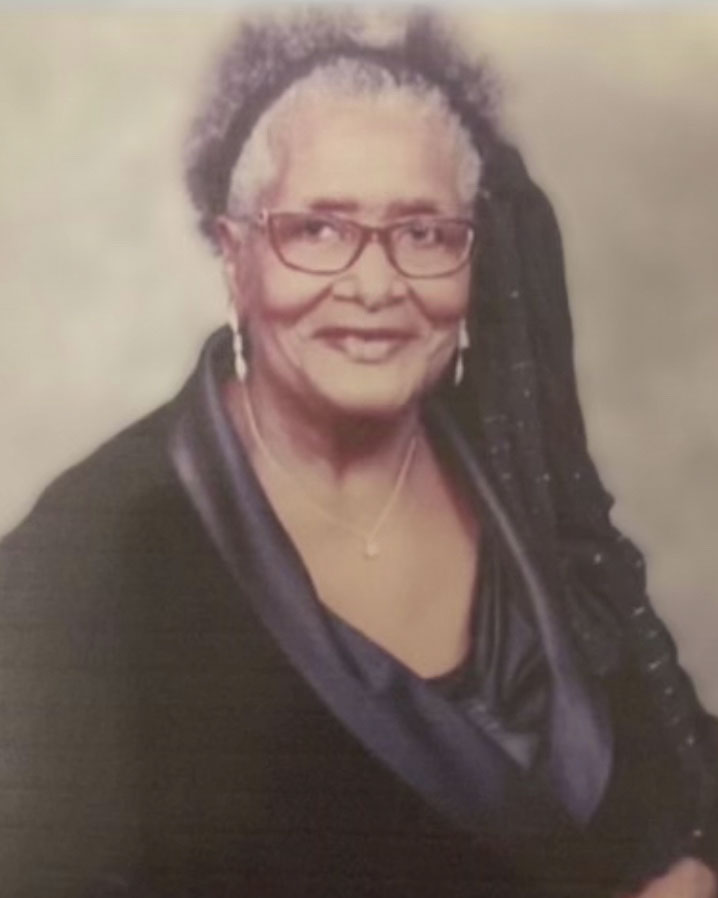
Ruth Whitfield
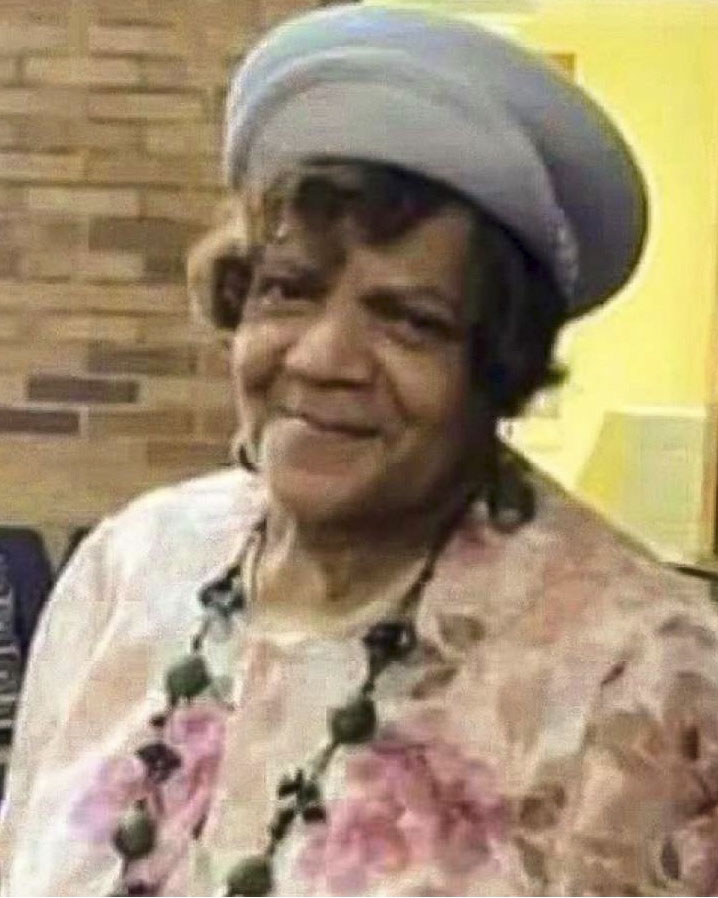
Pearl Young
“The truth of the matter is, nobody’s talking about white supremacy,” said Garnell Whitfield Jr., a former Buffalo fire commissioner whose mother, Ruth Whitfield, 86, was killed at the grocery store. The conversation, he said, “devolved into mental health, school security, gun legislation — it was anything but white nationalism.”
Ten days after the grocery-store shooting, another high-profile tragedy unfolded when 21 people were killed at an elementary school in Uvalde, Texas, pulling national attention away from Buffalo. “The lights and cameras turned off,” Mr. Whitfield Jr. said. “But there’s a whole community that’s traumatized that never got any help.”
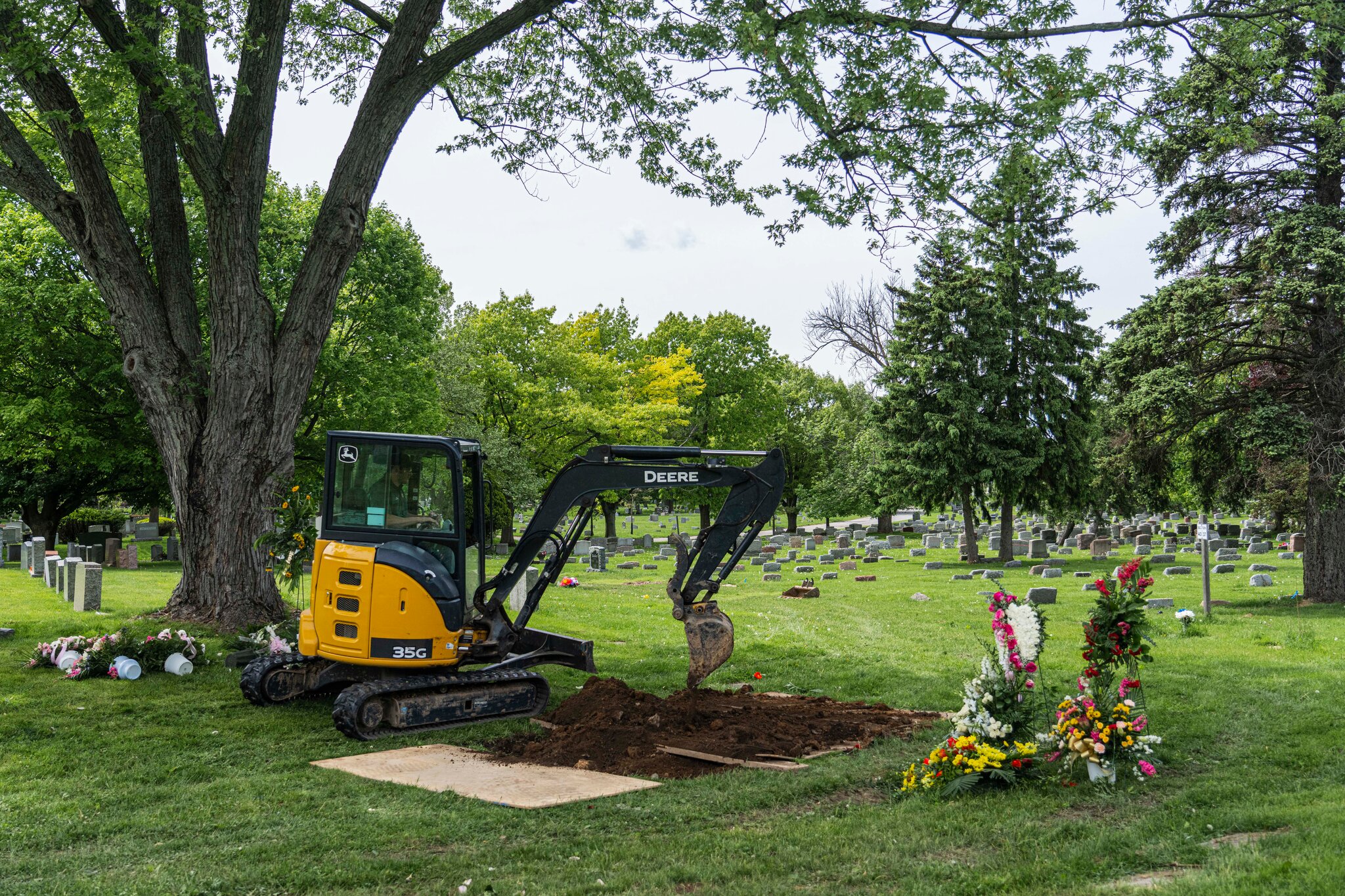
One of the victims of the shooting, Katherine Massey, was buried at Forest Lawn cemetery.
Hiroko Masuike/The New York Times
When the news broke in Uvalde, one Buffalo family had just returned home from a repast after burying their relative. Six others still awaited funerals. And Zeneta Everhart tended to her son Zaire Goodman, 21, who had a bullet strike his neck and rip through his back.
“My ancestors, the first currency of America, were stripped of their heritage and culture, separated from their families,” Ms. Everhart said in recent testimony before Congress. “Sold, beaten, raped and lynched. Yet I continuously hear after every mass shooting that this is not who we are as Americans and as a nation.”
“This is exactly who we are,” she said.
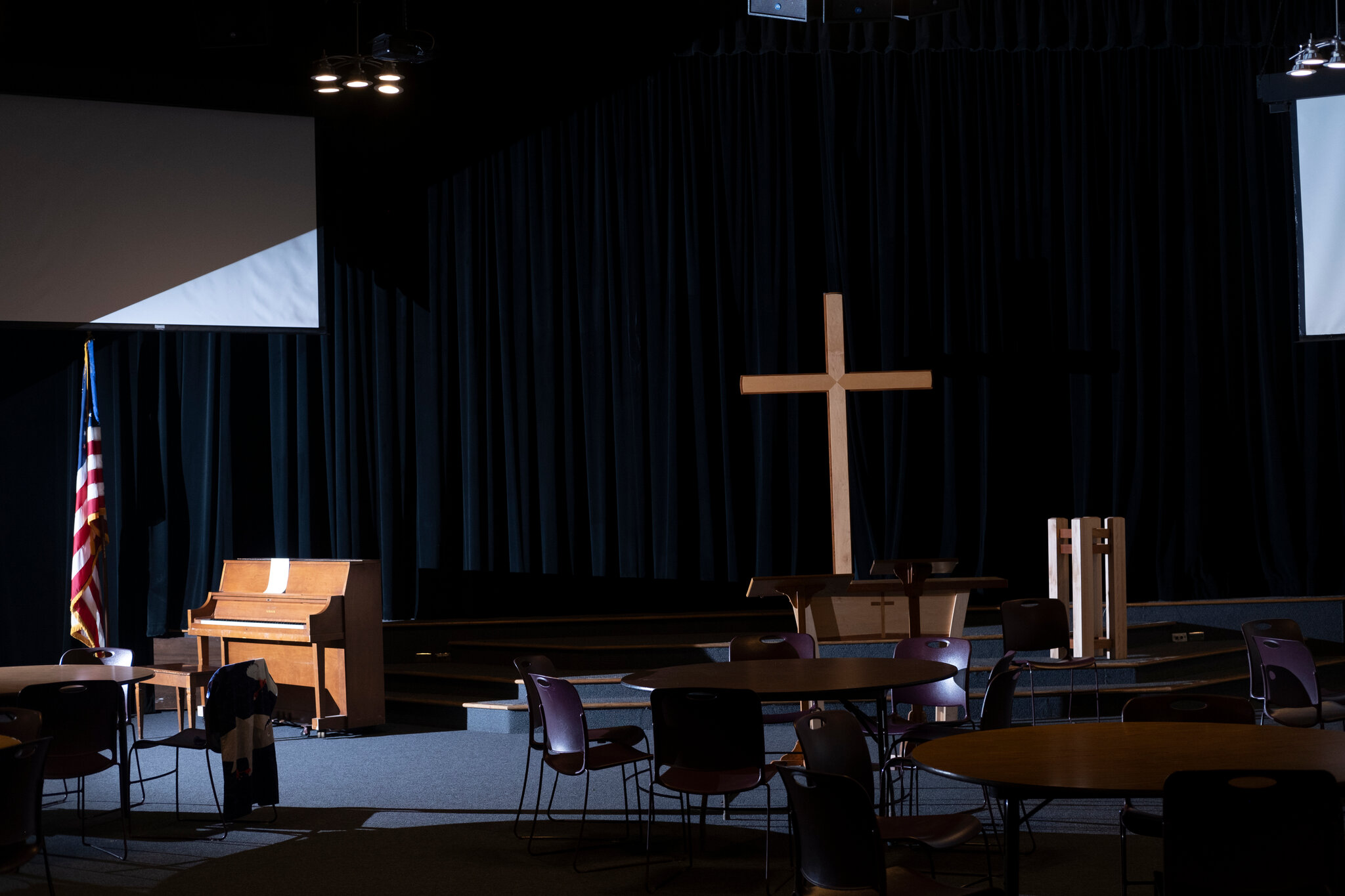
Mark Abramson for The New York Times
May 15: Laguna Woods, Calif.
1 dead, 5 injured.
Barely 24 hours after a gunman opened fire at a Buffalo supermarket, a Las Vegas man drove hundreds of miles to Southern California and shot at a group of Taiwanese Americans as they ate lunch inside the Geneva Presbyterian Church in Laguna Woods, Calif. The gunman killed a 52-year-old physician and wounded several other people, including a 92-year-old man, before he was subdued by congregants.

John Cheng
Officials called the shooting a “politically motivated hate incident,” saying that the gunman attacked the group because he hated Taiwanese people. Unlike many of the hate crimes targeting Asian Americans in recent years, the perpetrator was an Asian man whose heritage was similar to his victims’, underscoring Taiwan’s complicated political and cultural history and the way such complications can endure in the United States.
The episode was also a reminder that a community of retirees with an astonishingly low crime rate was not immune to the horror of a mass shooting.
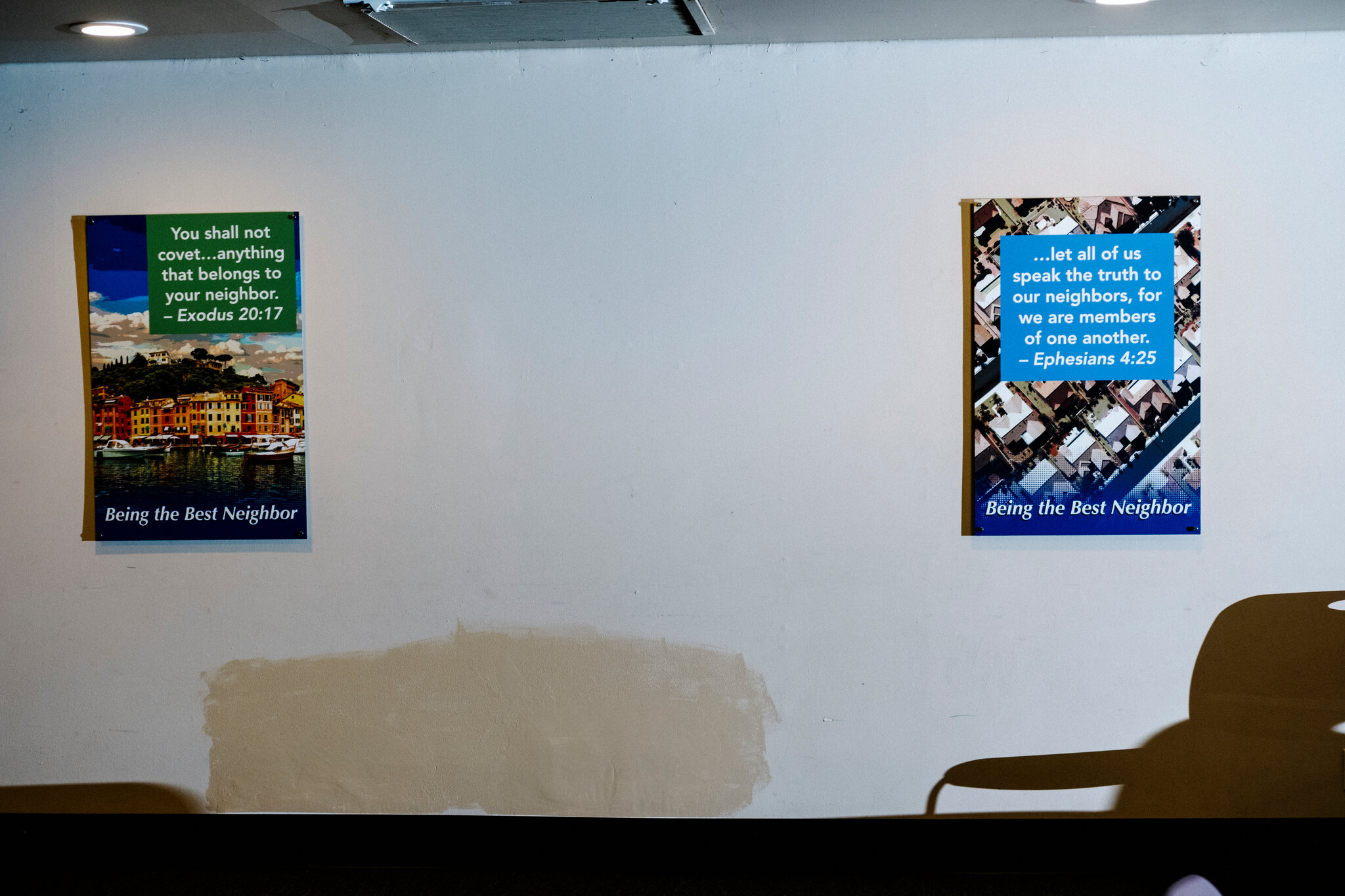
Inside Geneva Presbyterian Church, where the shooting occurred, the church has started repairing the walls where stray bullets landed.
Mark Abramson for The New York Times
“It really is impressive how relatively low our rates of this kind of stuff is, in light of our population characteristics,” said Charis E. Kubrin, a professor of criminology at the University of California, Irvine.
Orange County, which includes Irvine and Laguna Woods, has a population of more than three million people, and almost half its residents speak a language other than English at home. More than half of its residents are Asian or Latino. Dr. Kubrin, who has studied the relationship between crime and immigration, has found that the two are inversely related.
“Places that have the highest concentrations of immigrants have some of the lowest crime rates,” Dr. Kubrin said.
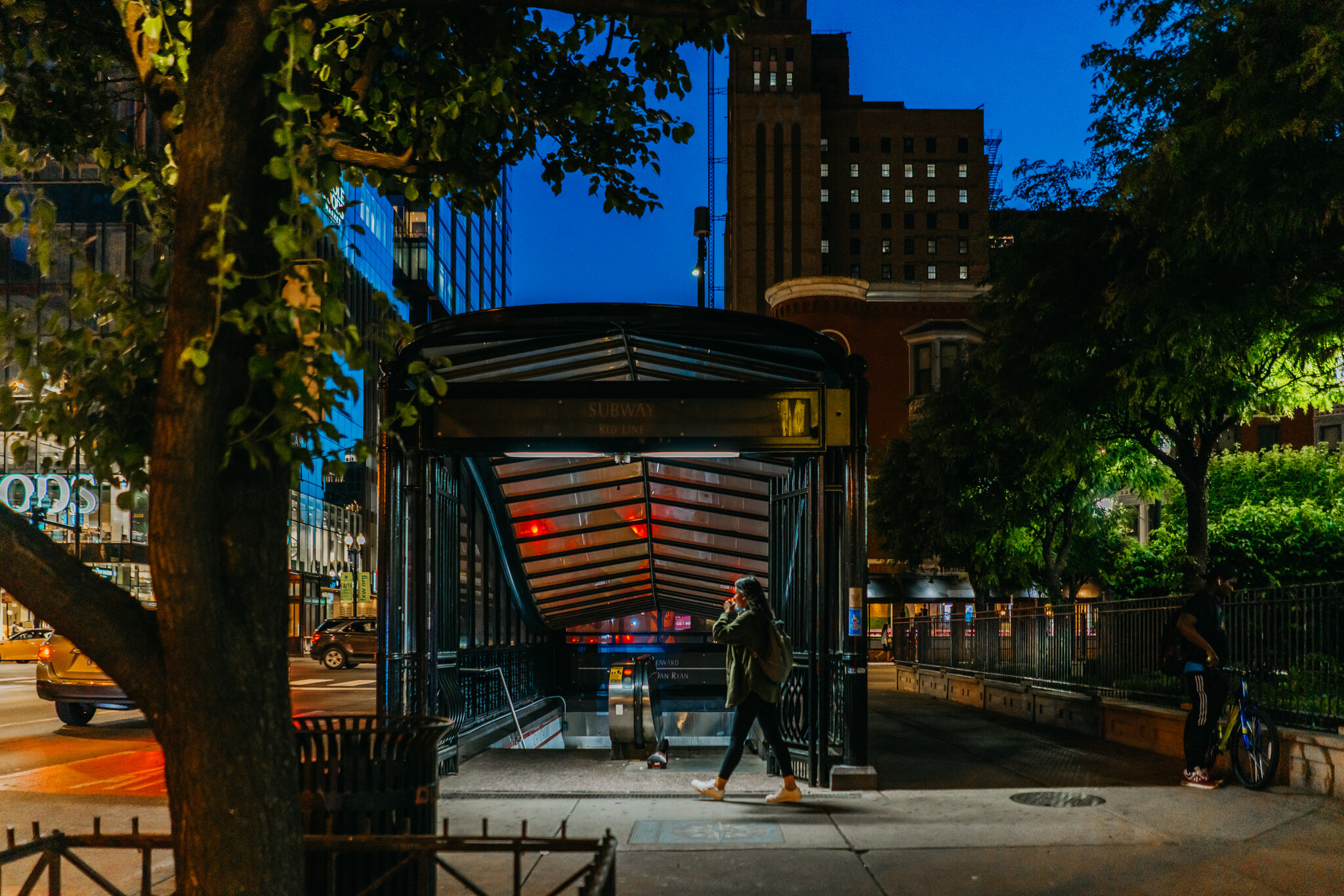
Jamie Kelter Davis for The New York Times
May 19: Chicago, Ill.
2 dead, 7 injured.
On a weekday night in the middle of downtown Chicago, a gunman opened fire from the steps of a transit station. Within seconds, prosecutors said, he sprayed 21 bullets into a crowd, hitting nine people and killing two of them. Anthony Allen, 31, was fatally struck in the lower back. Antonio Wade, 30, who also died, was hit by several bullets.
In Chicago, 344 people were shot during the month of May. Most of the city’s gun violence has long been concentrated in some neighborhoods on the South and West Sides. During the pandemic, though, downtown has increasingly struggled with crime, and episodes like the one last month have started to feel common.
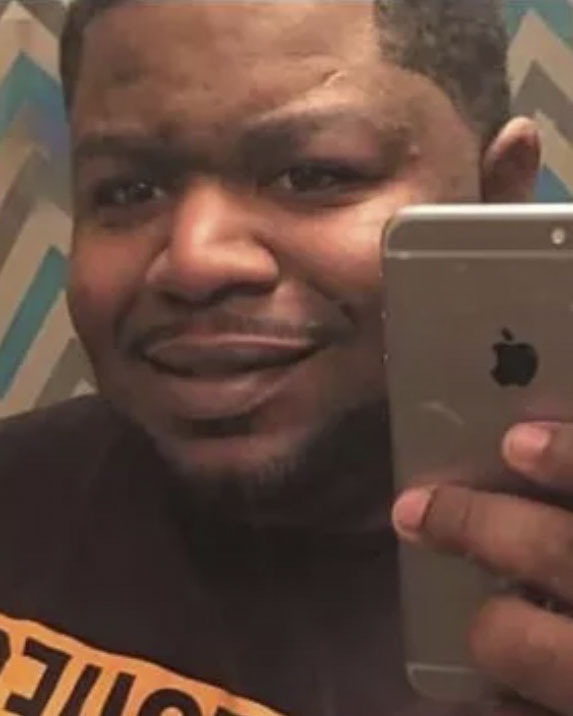
Anthony Allen
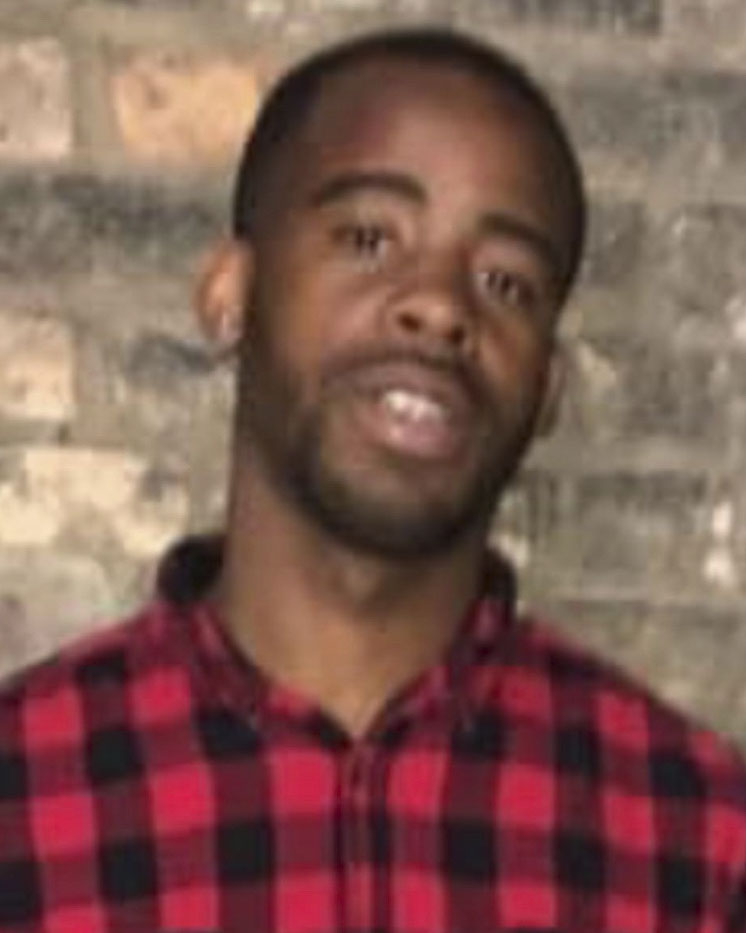
Antonio Wade
“Young people, coming together, getting into a fight, and the difference-maker is someone had a gun — and that someone used it,” Mayor Lori Lightfoot said in the hours after the shooting.
At least 14 people have been killed so far in 2022 in the two police districts that encompass downtown Chicago. It is a small fraction of the citywide total, but more than twice the number who were killed downtown during the comparable period in 2021.
Less than a week before Mr. Allen and Mr. Wade were killed, on a block near a brand-new Whole Foods store, a teenager was killed just over a mile away at Millennium Park, a tourist showcase, prompting the installation of metal detectors and a more restrictive curfew for unaccompanied minors. The next day, a man who refused to go through the new security checkpoint at the park was wounded in an exchange of gunfire with an off-duty sheriff’s deputy, officials said.
Despite relatively restrictive gun laws in Illinois, violence has remained a fact of life in the city, and officials have often blamed the traffic of guns across state lines from places where weapons are easier to obtain. Prosecutors said they believed the gun used to kill Mr. Allen and Mr. Wade had been acquired in Indiana, where many weapons used in Chicago originate.
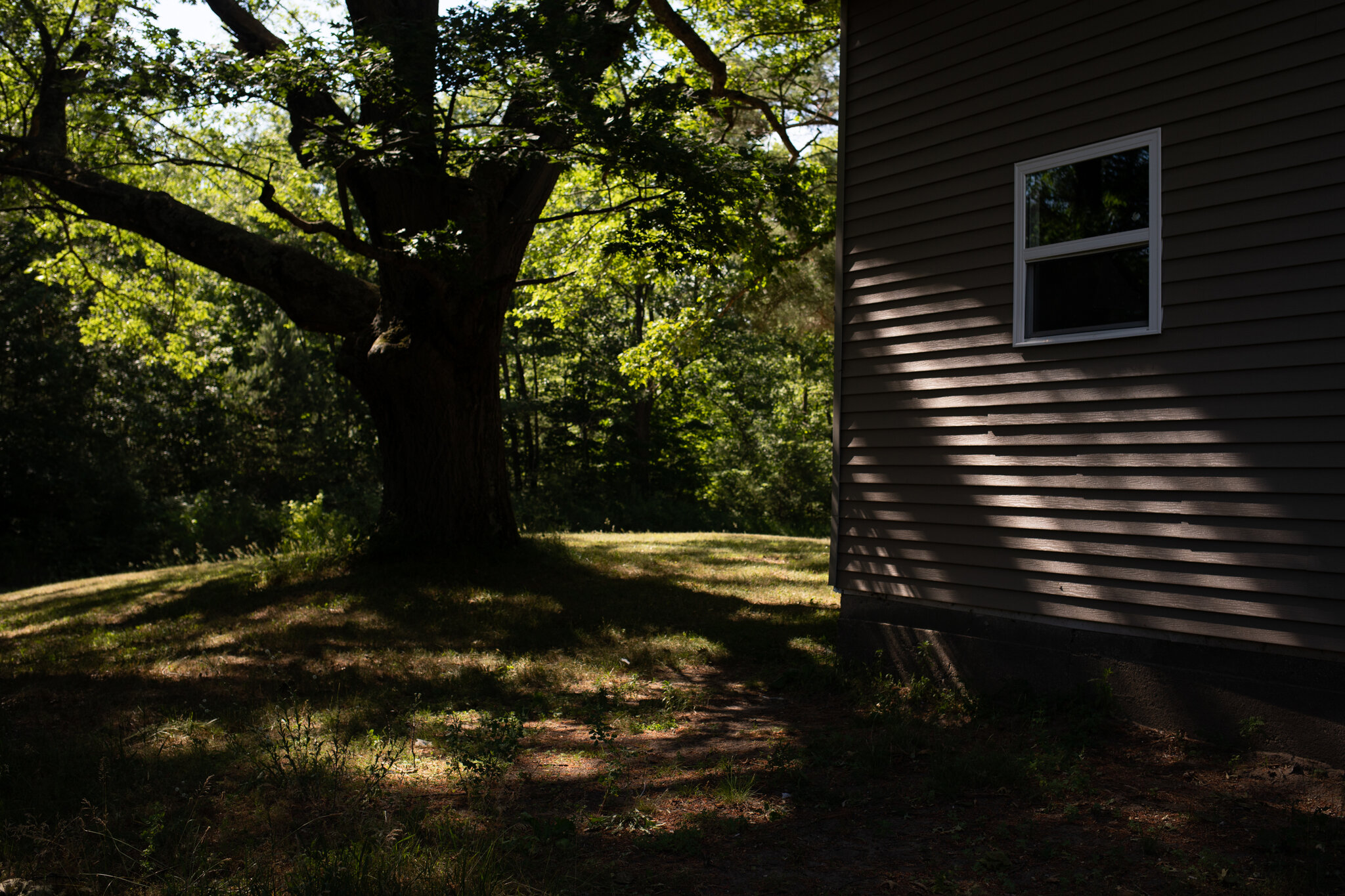
Emily Elconin for The New York Times
May 27: Stanwood, Mich.
4 dead.
A report of shots fired brought sheriff’s deputies to a home in rural Western Michigan on the afternoon of May 27. They found three young children and their mother dead. The father, who prosecutors said would be charged in the killings, was airlifted to a hospital with a self-inflicted gunshot wound to the head.

Dawn Gillard
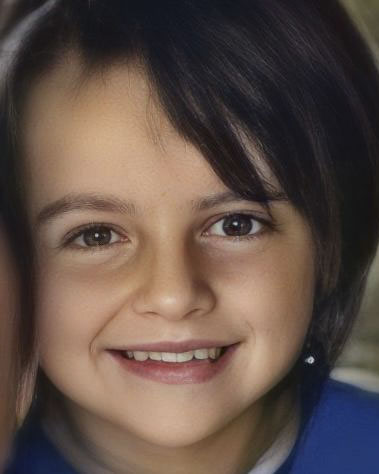
Katelynn Gillard

Ronald Gillard
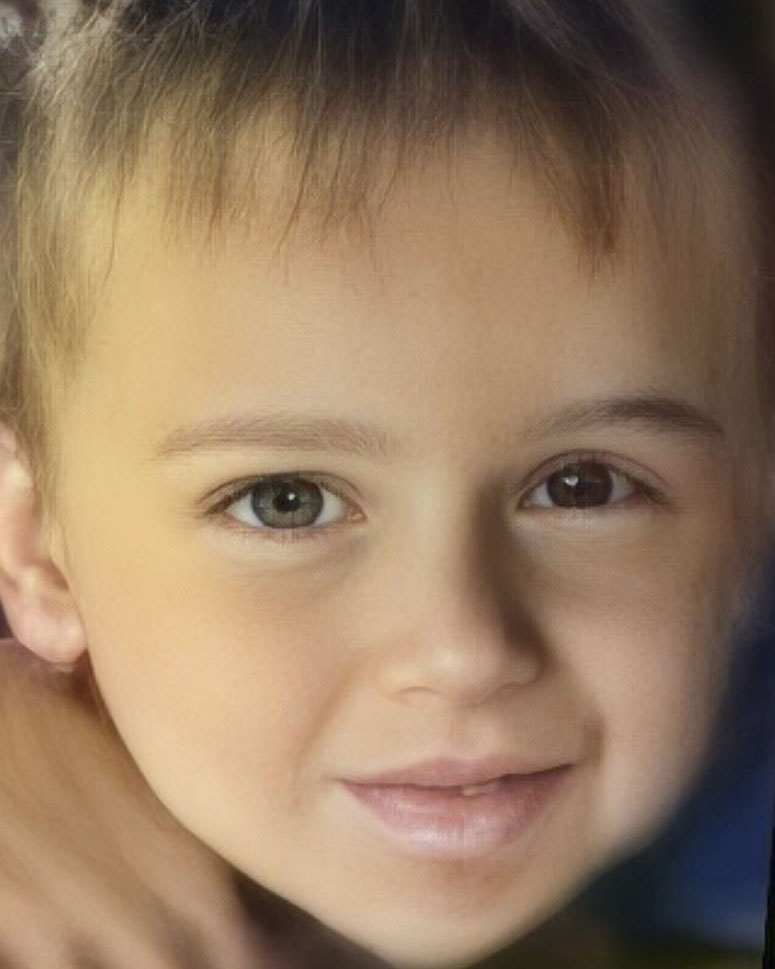
Joshua Gillard
“Becoming a mom was a pinnacle of Dawn’s life,” read the obituary of the mother, Dawn Gillard, 40. It said she loved to take the children — Katelynn, 6, Ronald, 4, and Joshua, 3 — on nature walks. The school district where Katelynn was a student sent out a letter to parents to quell rumors of a school shooting, and held a vigil on the high school football field.

Katelynn was in first grade at Morley Stanwood Elementary School. A vigil was held for her family at the Morley Stanwood football field.
Emily Elconin for The New York Times
The authorities have not released details of the killings, the weapon or a motive.
Researchers have found that a majority of mass shootings are linked to domestic violence. Looking at 110 shootings that resulted in four or more fatalities, a 2021 study at the Johns Hopkins Center for Gun Violence Solutions found that almost 60 percent were cases of domestic violence, and in another 9 percent the perpetrator had a history of domestic violence. A woman is six times as likely to be killed by an abuser if there is a gun in the home.

Joseph Rushmore for The New York Times
May 29, Taft, Okla.
1 dead, 8 injured.
The town of Taft, founded at the turn of the 20th century, is proud of its status as one of about a dozen historically Black towns in Oklahoma. Though its population is well under 200, on Memorial Day weekends the town swells with former residents returning to see old friends, eat barbecue and dance near a gazebo in the center of town.
This year, though, the festivities — held for the first time since the pandemic began — were derailed when gunfire broke out during an argument that townspeople say was between two groups from out of town. One local woman, Sherika Bowler, 39, was killed, leaving behind a 5-year-old daughter. Eight people were injured, including a 9-year-old girl. The police found shell casings from four different firearms. One suspect turned himself in; there have been no other arrests.
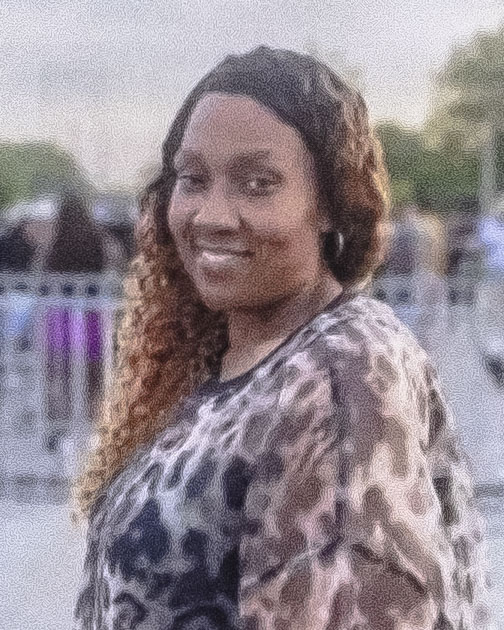
Sherika Bowler
D’Antai Wallace, 28, and a cousin of Ms. Bowler’s, was heading for his uncle’s food truck for a baked potato when he was shot. The bullet is still lodged in his leg, and Memorial Day weekend will never be the same for him.
“You used to be able to go down there and be at peace,” he said. “Now you go down there and this is where your cousin passed away.”
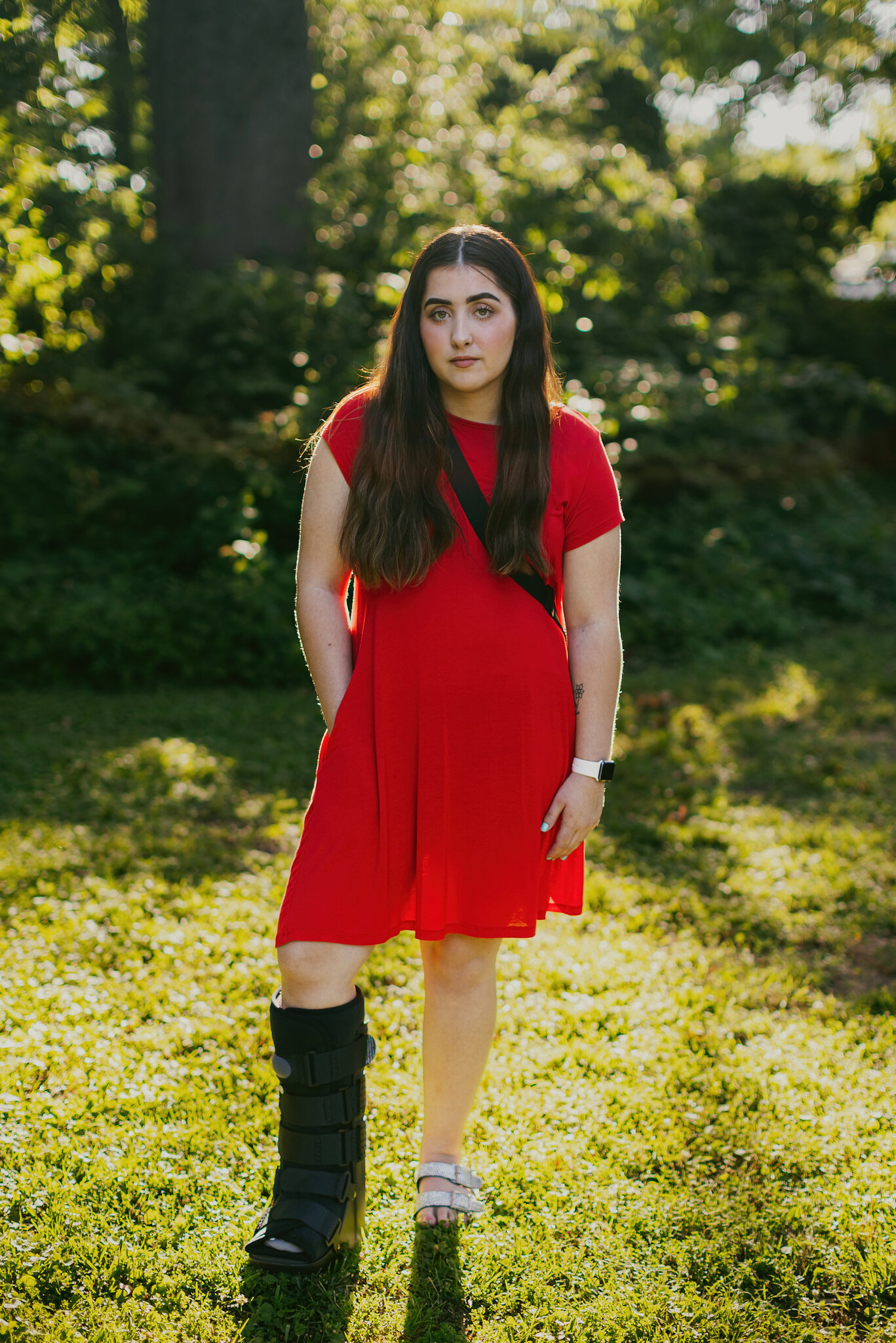
Sarah Pitts was injured during the Memorial Day weekend shooting.
Chase Castor for The New York Times
Sarah Pitts, 19, had been eager to see Taft with her boyfriend, who is from there. The town is not big enough to have a supermarket or a police station, she said, and “you just don’t think about small towns like that having something like that happening.”
Ms. Pitts was taken to Saint Francis Hospital in Tulsa with gunshot wounds to her abdomen and foot. While she was there, on June 1, a gunman killed two doctors, a receptionist and a patient on the hospital campus, in a completely unrelated episode.
Read the full article Here


